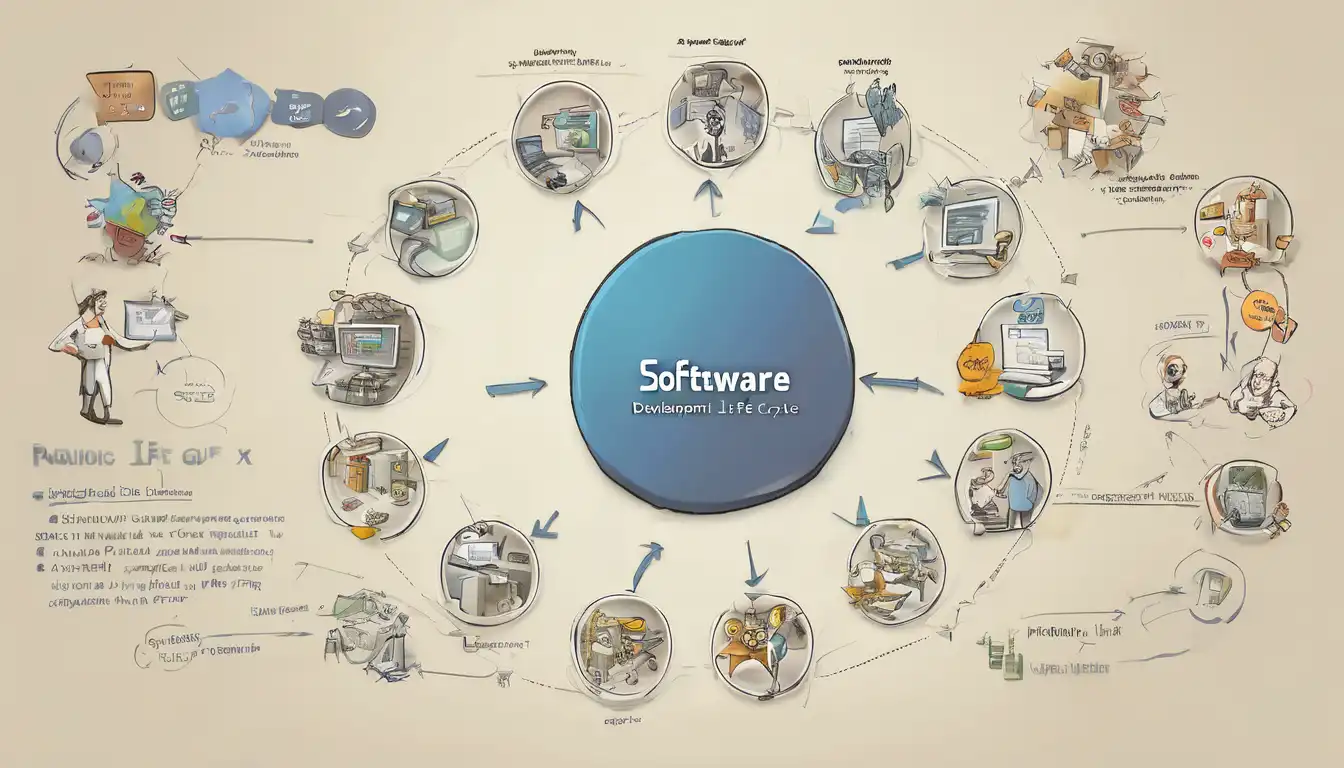Introduction to the Software Development Life Cycle (SDLC)
The Software Development Life Cycle (SDLC) is a framework that defines the process used by the software industry to design, develop, and test high-quality software. The SDLC aims to produce a high-quality software that meets or exceeds customer expectations, reaches completion within times and cost estimates.
Key Phases of the SDLC
The SDLC encompasses several phases, each with its own set of activities and deliverables. Understanding these phases is crucial for anyone involved in software development, from project managers to developers.
1. Planning and Requirement Analysis
This is the foundational phase where the project team gathers requirements from stakeholders to define the scope and objectives of the project. Effective planning and requirement analysis can significantly reduce the risk of project failure.
2. Defining Requirements
Once the requirements are gathered, they are analyzed and documented in a Software Requirement Specification (SRS) document. This document serves as a blueprint for the development team.
3. Designing the Product Architecture
In this phase, the system and software design is prepared from the requirement specifications. This phase focuses on defining the overall system architecture.
4. Building or Developing the Product
Development starts once the design is approved. Developers write code according to the design documents and guidelines. This phase is often the longest in the SDLC.
5. Testing the Product
After the software is developed, it is tested against the requirements to ensure that the product is solving the needs addressed during the requirements phase.
6. Deployment in the Market and Maintenance
Once the software is tested and ready, it is deployed to the production environment. Post-deployment, maintenance is performed to ensure the software continues to operate as expected.
Why is the SDLC Important?
The SDLC provides a structured approach to software development, ensuring that the final product is reliable, efficient, and meets the user's needs. It also helps in managing costs and time effectively.
Conclusion
Understanding the Software Development Life Cycle is essential for anyone involved in software development. By following the SDLC, teams can produce high-quality software that meets customer requirements and is delivered on time and within budget.
For more insights into software development, check out our articles on Project Management and Programming Best Practices.
